HONG KONG—On the eve that Hong Kong Chief Executive Leung Chun-ying had demanded that they were supposed to peacefully disperse from their occupation of the roads and squares surrounding government offices here, Hong Kong students instead erected a statue representing their movement—its yellow umbrella pointed defiantly to government headquarters, quickly earning it the name ‘Umbrella Man.’
Predictably, the feeling on the street about the installation was mixed.
Umbrellas have been taken as the symbol of the movement, because they were used to block the pepper spray of the police on the fateful night of Sept. 28. Tracey Koo, 20, the manager of an event space said that the outstretched hand of the Umbrella Man represents how the students are offering shelter to others, not just themselves. “He’s protecting all of us,” she said.
But the uncomfortable associations the statue creates with Tiananman Square’s “Goddess of Democracy,” erected by Chinese students in 1989 before the military crackdown on June 4, were also hard to avoid. “I feel conflicted about it,” said Don Chen, 29, a stage actor. “It reminds me of Tiananmen Square. I hope it will be removed by us, and not the police tearing it down.”
Some of the younger protesters seemed unaware of the association. “It seems you know more about this than us!” one young girl remarked, when asked what she thought on the matter.
The movement itself, termed the Umbrella Revolution by participants, was entering its eighth day—and the determined attitude by students began standing in increasing contrast to the exhortations of the authorities and others.
Leung said before the weekend that his government would “take all necessary actions to restore social order” before Monday. Oct. 6 will be the first day for government workers to come back to their jobs in full force, after nearly a week of holidays following National Day celebrations marking the founding of the People’s Republic of China, of which Hong Kong is a special administrative region.
On Sunday, Steve Hui, the police spokesman, made a vague suggestion that police may resort to force if the roads needed to be cleared. “There should not be any unreasonable, unnecessary obstruction from members of the public,” he said in English during a press conference conducted mostly in Cantonese.
Also on Sunday, Hong Kong’s former chief executive, Tung Chee-hwa, who now holds a symbolic political office in China, made a public statement calling on the students to “evacuate from the protest areas as soon as possible for your own safety.”
The day previously, Peter Mathieson, vice chancellor of Hong Kong University, asked all students to leave protest areas “immediately” and “in an orderly manner without delay.”
The note added: “I am making this appeal from my heart because I genuinely believe that if you stay, there is a risk to your safety.”
The statement was released just hours after the biggest gathering in Admiralty, where Hong Kong’s executive office and legislature are located. There was at times barely room for participants to walk through the crush of people who had turned out for a mass rally opposing the recent violence against students in the blue collar shopping area of Mong Kok.
On Sunday, dozens of scholars released a joint statement expressing grave concern over the looming threat of force by the government as a means to clear the students out.
“The fundamental solution to the current saga should lie with concrete action by the authorities to address the demands of the people,” the statement said.
Several other contretemps during the day made a complex situation more confusing.
One group of students, for example, appeared to reach an agreement with the police to remove the barricades set up outside the chief executives office. But another group later flocked back in and erected them again.
“We don’t want to see the situation reach a deadlock, so we’re trying to make an accord with the police,” said Joe Yeung, the student who led that accord, in a statement that was broadcast on TVB, a major Hong Kong television station.
Later, Hong Kong Internet users found that he was an auxiliary police officer, and claimed that the agreement to pull away from the front of the chief executive’s office was a ruse.
Earlier in the day a man climbed atop a footbridge and threatened to jump, telling students to go home. Later, he was found to be a professional stuntman, allegedly hired to make trouble. He voluntarily climbed down off one of the footbridges that cross Harcourt Road, a major thoroughfare through the center of downtown Hong Kong that students have made their base camp.
Sentiment on the ground indicates that they’re unlikely to withdraw until productive discussions are held, or concessions are gained from the government.
Instead, the students offered their own concession: pulling their barricades a couple of meters away from the wall on one of the walkways for government workers to pass through. “Enter this way if you’re going to work!” the sign said, with a pointing arrow and a bunny rabbit face. “Thank you!”
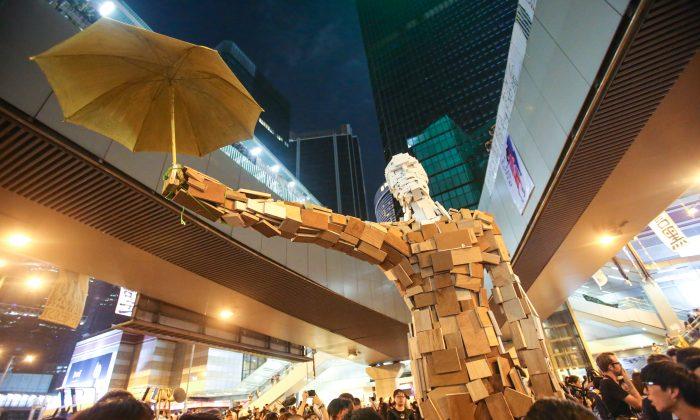

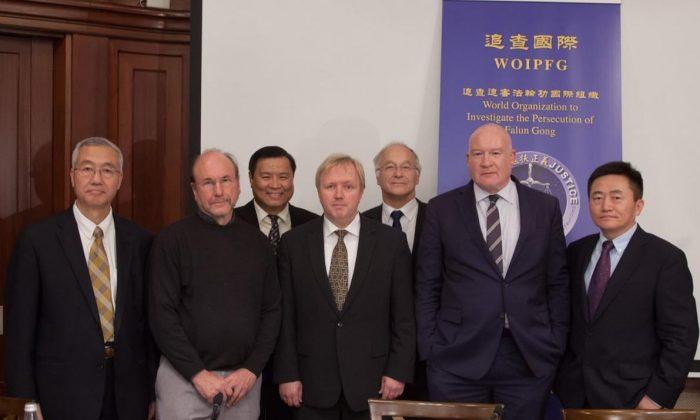
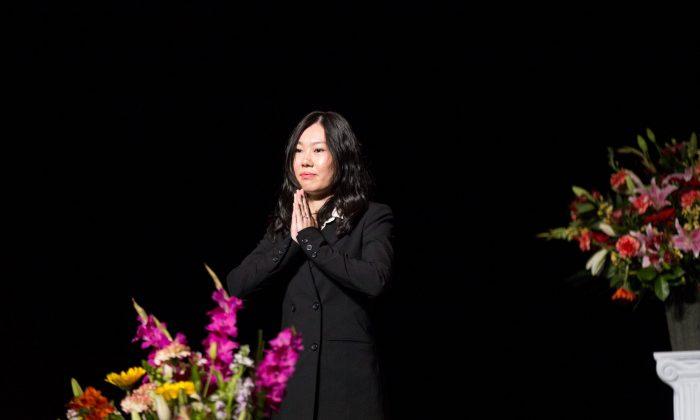
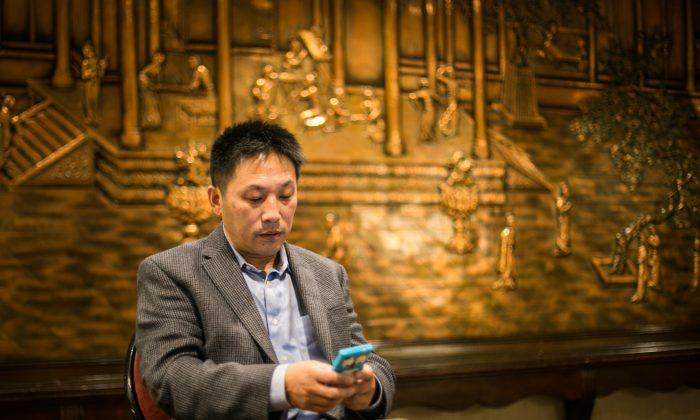
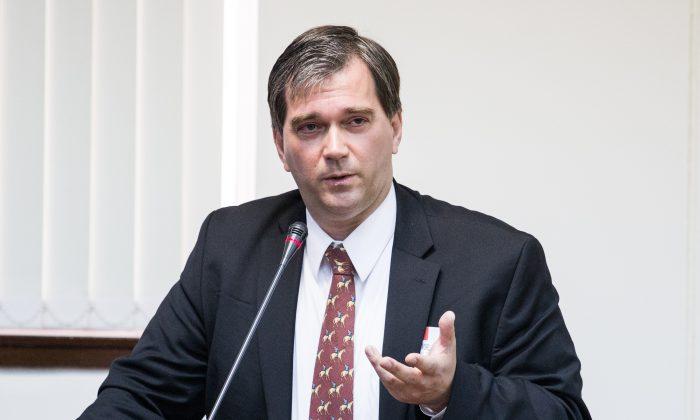
Friends Read Free